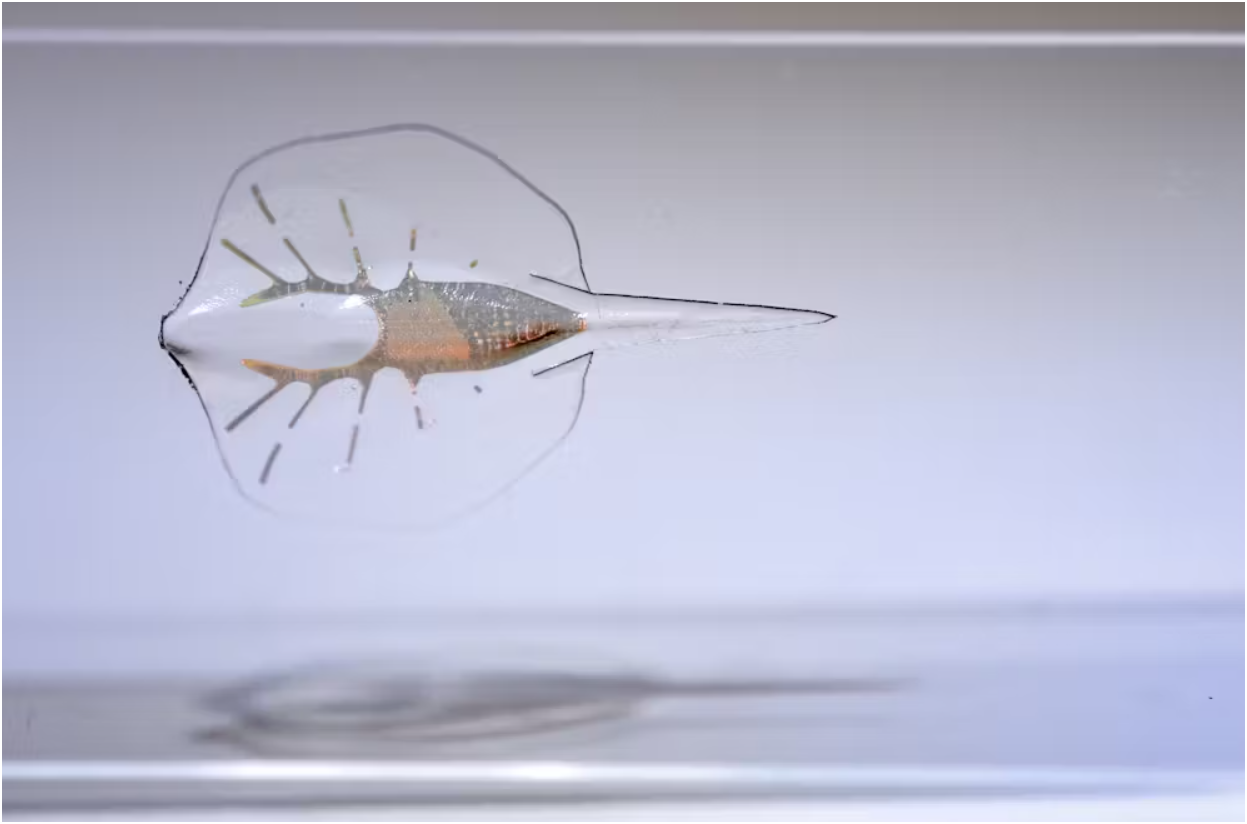In the evolving landscape of robotics, biohybrid robots represent a fascinating intersection of biology and engineering, where biological materials and synthetic components merge to create innovative machines with unique capabilities. These biohybrid systems hold promise for revolutionizing fields such as medicine, environmental monitoring, and even space exploration.
Understanding Biohybrid Robots
Biohybrid robots integrate living biological tissues or cells with artificial materials and technologies. Unlike traditional robots that are entirely mechanical or electronic, biohybrid robots leverage the biological functionalities of living organisms, such as muscle cells, neurons, or bacteria, to achieve specific tasks or functions.
Applications and Examples
There are two main types of biohybrid robots: muscle-powered robots and neurorobots. Muscle-powered robots use living muscle cells as their engine, enabling them to crawl or swim. Neurorobots incorporate neurons or even neural networks to mimic brain functions and behaviors. These robots have the potential to revolutionize the field of medicine. For instance, they could be used for targeted drug delivery or even tissue engineering.

Challenges and Advancements
However, biohybrid robots also face some challenges. One challenge is ensuring seamless integration between the biological and synthetic components. Another challenge is ensuring the ethical treatment of the living organisms used in these robots. Finally, scientists need to find ways to keep the biological parts of these robots alive and functioning over long periods of time, especially in harsh environments.
Future Directions
Despite these challenges, the future of biohybrid robots is bright. Researchers are exploring ways to use them for biocompatible prosthetics, which would allow for a more natural connection between the user and the artificial limb. Biohybrid robots could also be used for environmental monitoring, with their biological sensors able to detect pollutants or monitor ecosystems with greater sensitivity than traditional methods. Even space exploration could benefit from biohybrid robots, as they could be deployed in challenging environments where traditional robots might struggle.
Conclusion
In conclusion, biohybrid robots represent a significant leap forward in robotics. By merging biological systems with engineered materials, they hold the promise of innovations across many industries and scientific fields. However, responsible and ethical development will be crucial to ensure that these robots are used for the benefit of humanity.